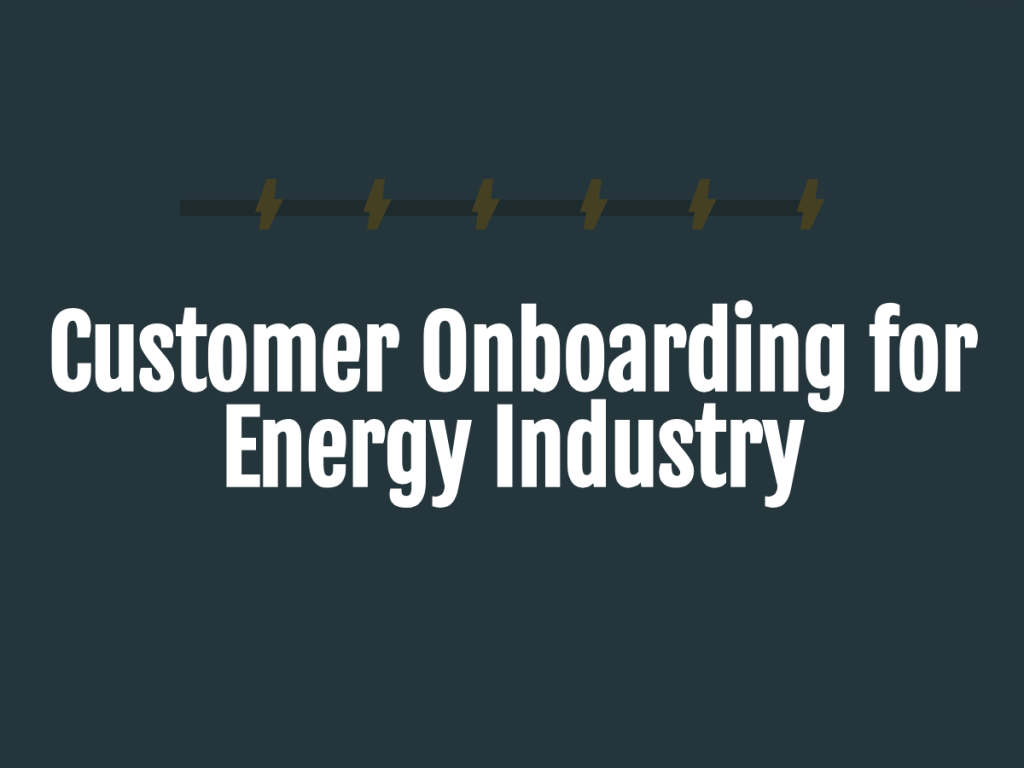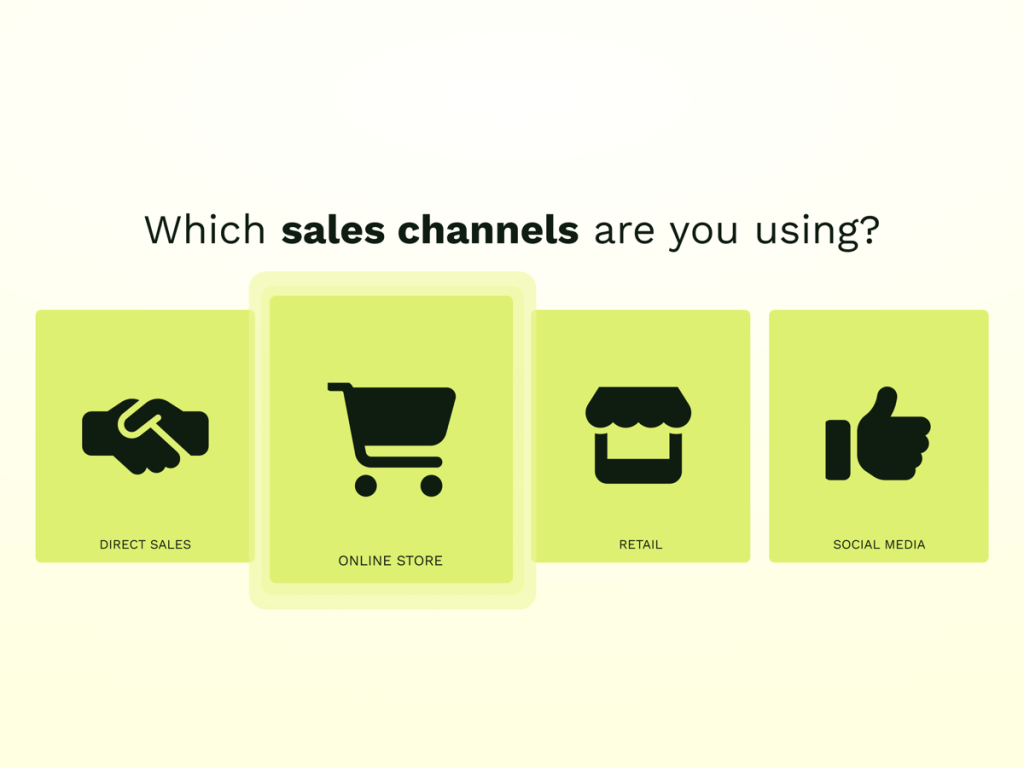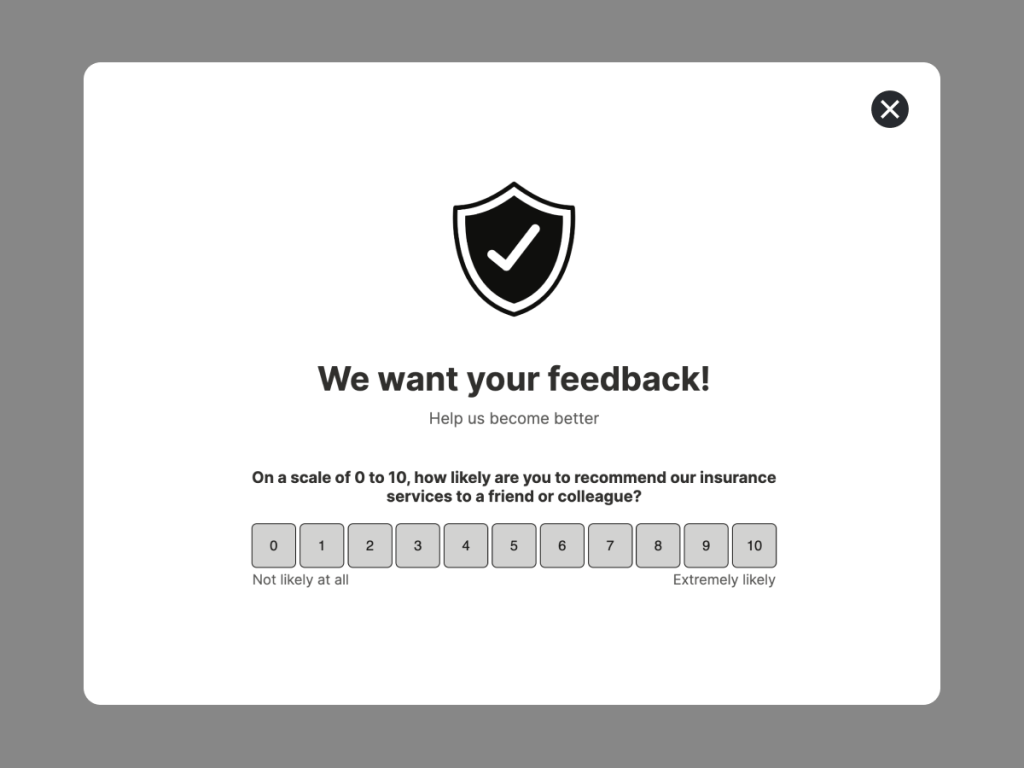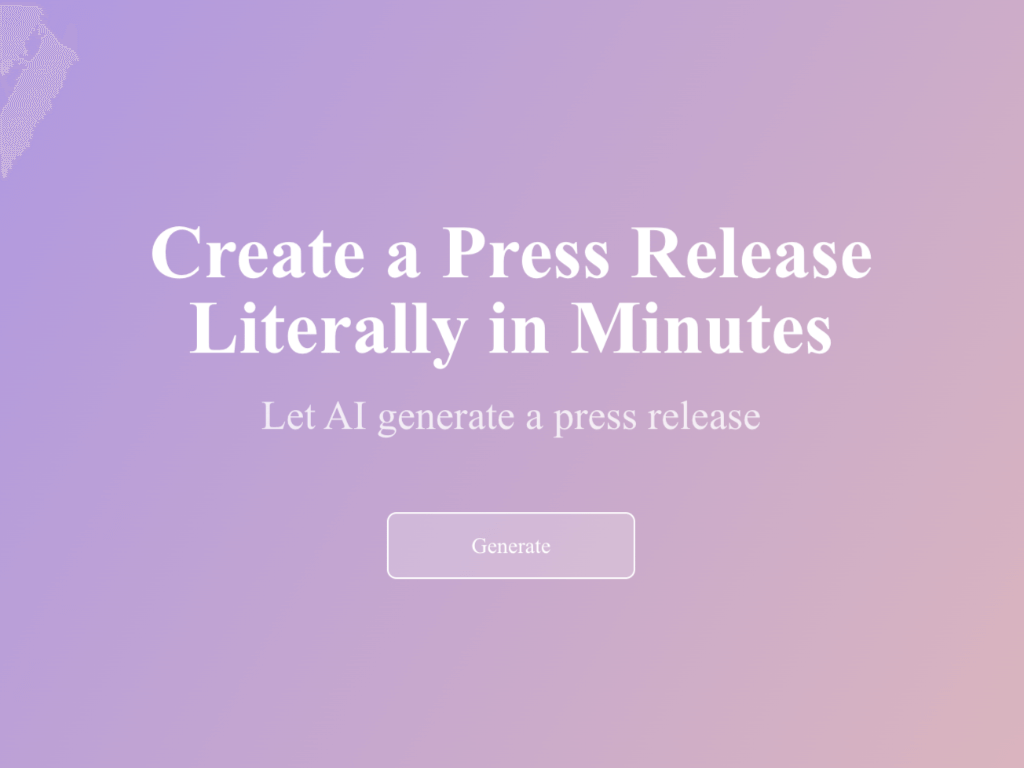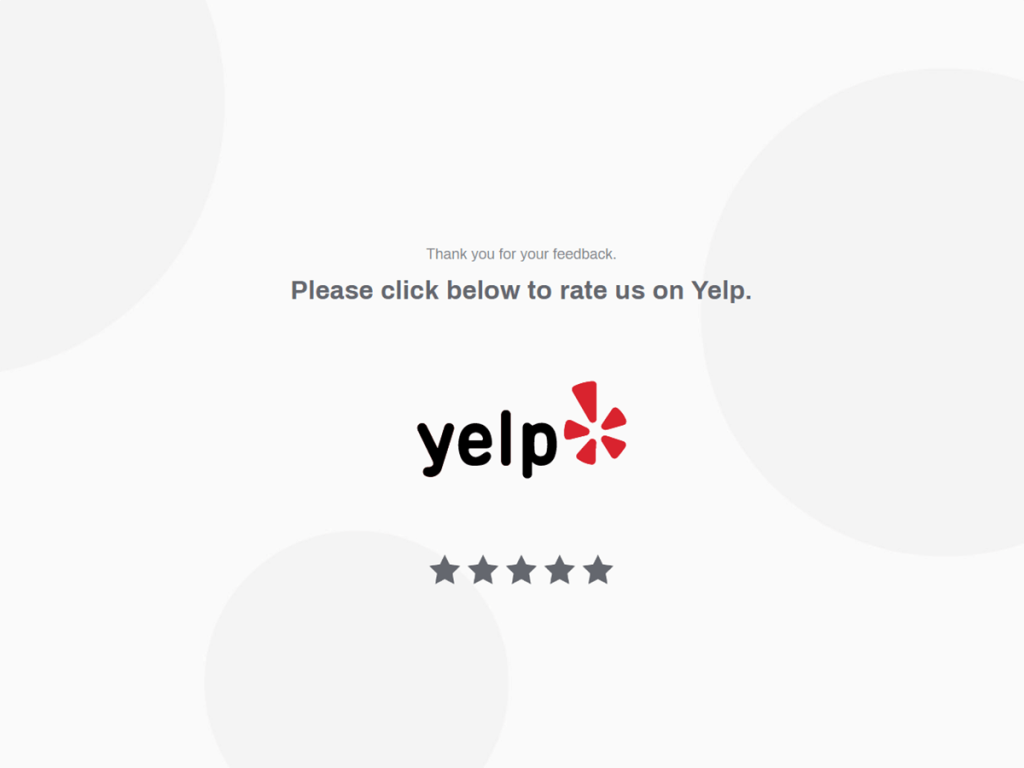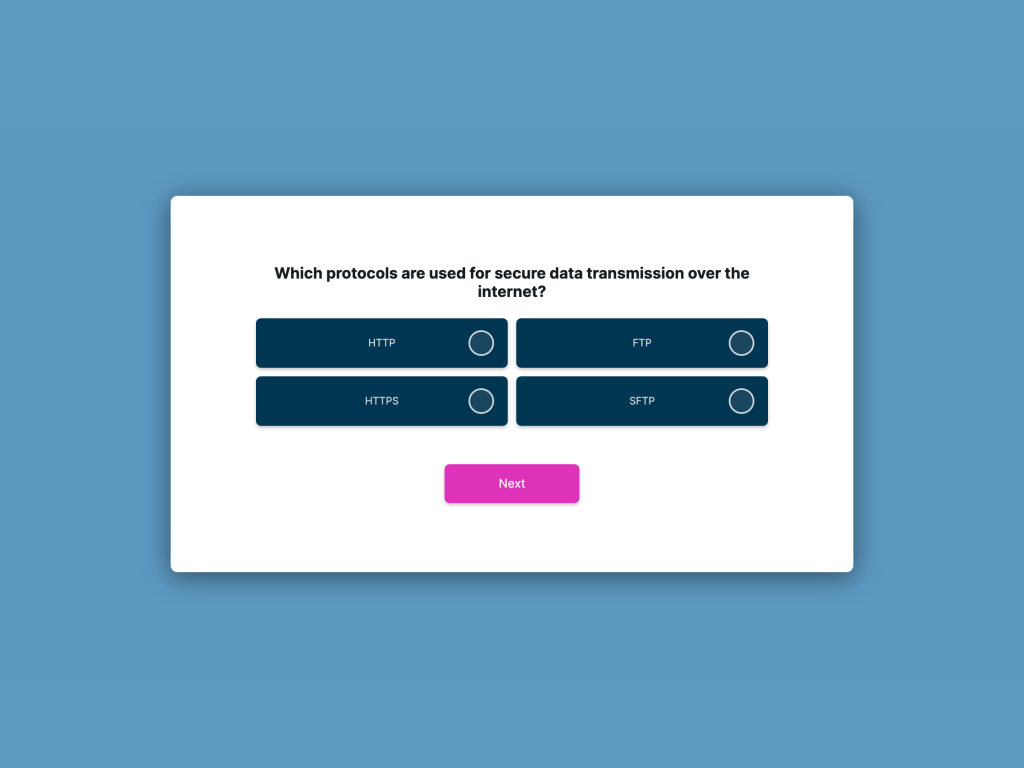Leads are the life and blood of every business. You need to have a strong lead generation process to keep not just any leads but relevant leads coming in that add up to the revenue.
But generating leads and that too the relevant ones isn’t easy. 37% of marketers stated generating high-quality leads is one of their biggest challenges.
However, with automation coming into the picture, lead generation has not only become easier but more effective. 80% of marketers believe automation is crucial in generating massive leads.
As per reports, marketers are driving 451% more leads with automation. Lead generation automation can help you in many ways, such as in data capture, managing your leads, optimizing your customer journey, lead nurturing, etc.
This guide will tell you about lead generation automation, how to get started, and the best tools to help you automate. Let’s begin!
What is Lead Generation Automation?
Lead generation is about searching for people who may be potentially interested in your service and contacting them to communicate further and convert them into a customer.
This is achieved through various marketing strategies like attracting website visitors, running ads, and creating social media content. Lead generation aims to gather information about people who have shown interest in your product or service, and then nurture these leads through the sales process.
The entire lead generation process can be streamlined through lead generation automation. It helps enhance the efficiency of the process while saving time, and increasing the likelihood of converting leads into customers through targeted and data-driven approaches.
Why Is Lead Generation Automation Important?
Lead generation automation is essential for businesses as it enhances efficiency, saves time, and ensures scalability in managing a growing number of leads.
The automated processes provide consistency in lead nurturing, allowing for personalized and targeted interactions based on lead behavior and demographics.
The data-driven insights from automation tools enable businesses to make informed decisions, optimize strategies, and adapt quickly to market changes.
With improved lead quality through scoring and analysis, businesses can focus efforts on leads with higher conversion potential.
Integration with CRM systems enhances communication between marketing and sales teams, contributing to a more cohesive and effective customer relationship management process.
Overall, lead generation automation, encompassing tasks such as lead capturing, lead nurturing, email campaigning, setting appointments, and more—streamlines processes, improves adaptability, and enhances the overall effectiveness of customer acquisition efforts.
How to Automate Your Lead Generation Efforts?
Step 1 - Prepare Your Website for Lead Generation
To begin with, it's crucial to focus on creating and optimizing your website for lead generation as it lays the base for connecting lead generation tools.
Ensure a user-friendly experience and align your website content with your Ideal Customer Profile (ICP). Develop a content strategy that addresses your audience's needs and talks clearly about how you can solve their pain points.
Lastly, it's important to work on the SEO of your website by incorporating relevant keywords. This will help your website rank higher on search engines, and attract relevant traffic, which will, in turn, increase the chances of capturing high-quality leads.
Step 2 - Create a Lead Magnet
Creating a website and attracting visitors is just the beginning. To capture leads, you need a lead magnet that offers value to your audience. This could be an ebook, webinar, whitepaper, template, or any other resource that they find useful.
For example, you can create an embeddable lead magnet like this one:
Customize this template for free.
Your lead magnet should address the problems or challenges your audience faces in detail, so they feel compelled to read it. Once you have created your content, you must implement a robust system such as lead generation forms to capture lead information.
Check out the lead magnet example below used by HubSpot to capture leads:
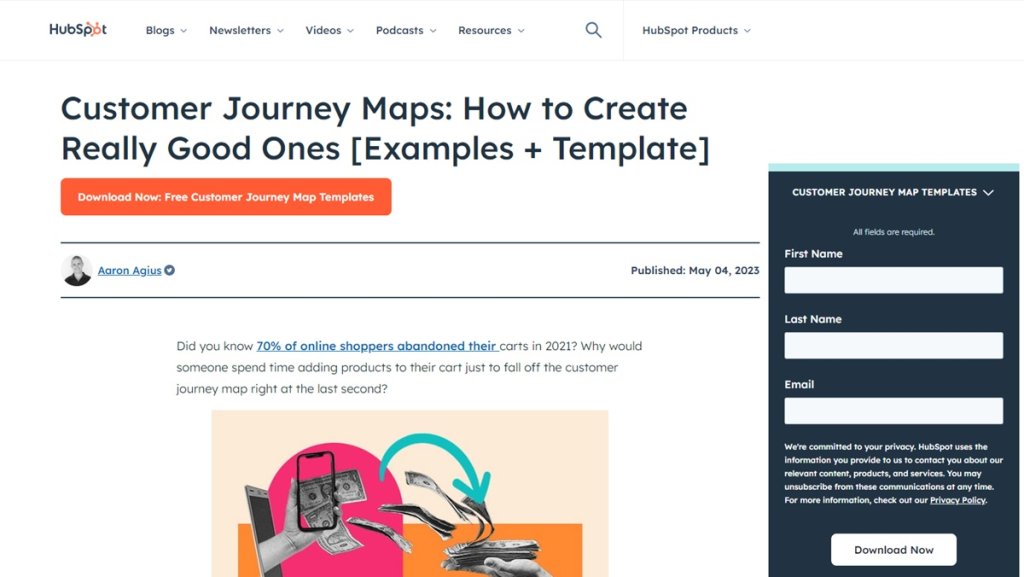
With AI-powered form builder involve.me, you can quickly set up interactive lead capture forms that gather critical data like names and emails. These forms act as a gateway for visitors to access your valuable content.
Create Lead Magnets
Start with a customizable template
Coworking Cost Calculator Template
Meeting Scheduling Form for Real Estate Template
Test Your History Know-How Template
Customer Onboarding for Energy Industry Template
B2B Lead Magnet Template
Opinion Scale Survey for Insurance Template
They also offer an AI Insights tool that will simplify your lead data processing much easier. The information you collect will form the foundation of your lead database, which you can use to nurture leads effectively in the subsequent stages of the customer journey.
Step 3 - Set Up a Landing Page
Next, work on setting up a good landing page where you place your lead magnet and forms to drive more traffic and conversions. It is like building a high-performing storefront for your online marketing efforts.
Whether organically or through ads, these pages should serve as a compelling entry point for high-quality leads. To achieve this, your content should be tailored to your target audience and showcase how your product or service can solve their problems.
It is recommended to have a specific section that highlights the key features and benefits of your service, providing a clear value proposition. Design also plays a crucial role in capturing the visitor's attention and guiding them toward the desired action.
Hence, a clean and converting layout with a proper call-to-action should be prioritized, emphasizing the key information that resonates with your high-quality leads.
Step 4 - Use Marketing Automation for Lead Nurturing & Conversion
Finally, it’s time to focus on nurturing the leads you get through all the content & SEO efforts. To enhance your lead nurturing process, set up marketing automation tools on your website and landing pages.
One of the best ways to nurture leads is through emails. You can set up automated email campaigns that deliver targeted content based on user behavior. This way, you can ensure that your leads receive personalized communication at the right time, guiding them through the conversion funnel efficiently.
👉 Check this guide on where to start your B2B lead nurturing campaign.
You can also try social media marketing by creating content to engage leads and take those conversations further. You can use social media automation tools to schedule posts around what interests your audience/visitor and engage with them more effectively.
By automating these processes, you'll be able to maintain consistent and relevant communication with your leads, which is key to building a successful relationship with them.
Best Tools for Lead Generation Automation
1. Lead Generation Tools
Lead generation tools streamline the process of identifying and capturing potential leads. These tools often provide features for prospecting, contact information extraction, and lead scoring. They enable businesses to efficiently gather valuable data and initiate targeted outreach campaigns.
Leadfeeder: Identify website visitors who show interest in your products or services.
involve.me: Build online forms, quizzes, landing pages and surveys for interactive user flows that enable quality lead capture and provide insight to qualify leads with higher conversion chances.
2. CRM & Marketing Automation Tools
Integrated customer relationship management (CRM) and marketing automation tools facilitate lead tracking, segmentation, and personalized communication.
These tools automate marketing workflows, ensuring seamless collaboration between marketing and sales teams for effective lead nurturing and conversion. The combination of CRM and marketing automation enhances efficiency throughout the customer lifecycle.
HubSpot: An all-in-one platform for managing contacts, email marketing, social media, and more.
Marketo: Powerful marketing automation software with advanced lead scoring and nurturing capabilities.
ActiveCampaign: User-friendly platform with built-in CRM, email marketing, and sales automation features.
3. Email Marketing Automation Tools
Email marketing automation tools help you enhance lead nurturing by delivering timely and targeted messages, ultimately increasing the chances of conversion. These tools enable businesses to automate email sequences based on user behavior, send personalized content, and track engagement metrics.
Mailchimp: Free for basic email marketing needs, offering email templates, automation workflows, and analytics.
Klaviyo: E-commerce-focused platform with personalized email campaigns based on customer behavior and purchase history.
Constant Contact: Easy-to-use platform with drag-and-drop email builder, automation tools, and landing page creation.
4. Social Media Automation Tools
Social media automation tools allow businesses to schedule posts, track social media interactions, and engage with followers efficiently. Social media automation ensures a consistent online presence, facilitates audience engagement, and contributes to lead generation by expanding the reach of content and promotions.
Hootsuite: Manage multiple social media accounts, schedule posts, and track engagement across different platforms.
Buffer: Schedule social media posts, analyze follower insights, and respond to comments and messages.
Statusbrew: Automate social engagements and comments with AI sentiment analysis to protect brand reputation on multiple networks.
5. Chatbots
Chatbots automate real-time interactions on websites, providing instant responses to visitor inquiries. These AI-powered tools enhance user engagement, capture lead information, and qualify leads based on predefined criteria. Chatbots contribute to lead generation by offering immediate assistance, guiding visitors through the sales funnel, and collecting valuable data for further personalized interactions.
Drift: Live chat software that helps you qualify leads, engage with website visitors, and convert them into customers.
HubSpot Chat: The Chatbot tool from HubSpot integrates seamlessly with your CRM and marketing automation platform.
Capture and Qualify High-Quality Leads
Generating high-quality leads is crucial for any business, and the right lead generation automation tools can help achieve this goal. These tools can streamline initial outreach, facilitate personalized communication, and optimize the entire lead generation process.
To achieve success, it is important to keep your goals clear, create your lead magnets accordingly, and implement the right tools that will help you capture and qualify high-quality leads for conversion.
Generate More Leads With Forms
Start with a customizable template
Know Your Rights Leadgen Quiz Template
Financial Literacy Knowledge Quiz Template
Appointment Funnel Template
Press Release AI Generator Template
Yelp Review Funnel Template
Employee Training Quiz Template
Author
Pratik Shinde is a founder at Growthbuzz Media, a Content Creator at Make SaaS Better, and an SEO enthusiast. He helps fast-paced B2B SaaS startups acquire customers through organic marketing efforts. He likes reading philosophy, writing non-fiction, thoughtful walking, running, and traveling.





